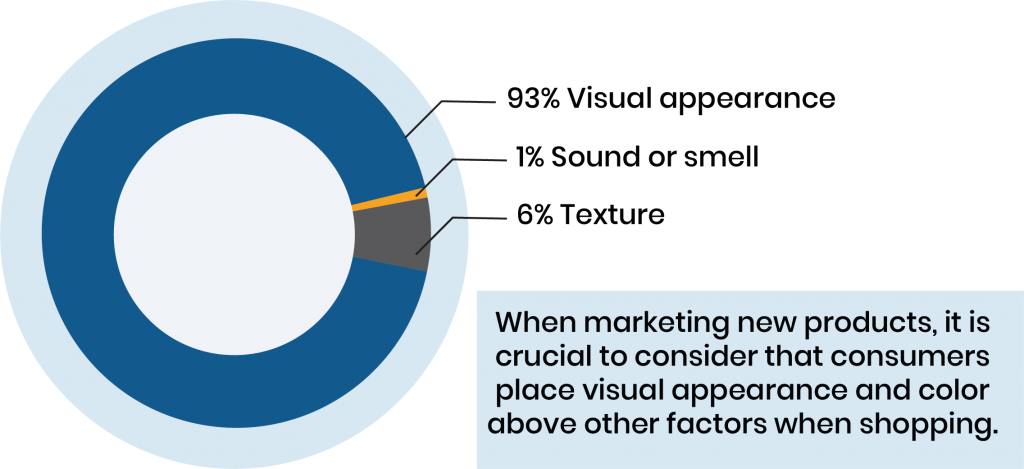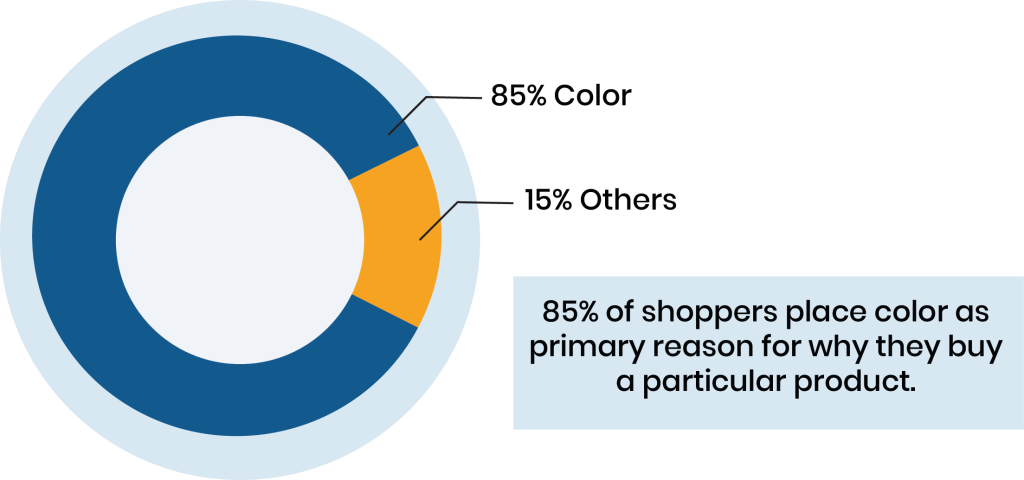One of the reasons why design and content isn’t prioritized in the email marketing strategy for eCommerce brands is because they tend to focus their efforts on making those sales numbers.
In the rush of things, the thoughtful process of designing or planning content imperative to their eCommerce marketing emails are placed on the back-burner.
This is understandable of course, a business is still a business.
However, it’s important to note that online businesses can only run when they have a stable flow of traffic going into their website and purchasing products or availing services.
So when it comes to capturing the attention of your audience, email marketing right at home when it comes to engaging your prospects with your brand.
If you’re already rolling out eCommerce email marketing campaigns, the risk of losses through email marketing is low. Even lower if it’s an effective email marketing strategy for eCommerce businesses.
But guess what? It’s not only about having effective email marketing strategies.
Because no matter how full-proof you believe your strategies are, if your emails lack the optimization in these two particular elements then all that hard work would be for naught.
These two elements are design and content— and they play a bigger role in your marketing strategy.
Design and Content— How Your Marketing Emails Look and Feel?
Nowadays, countless promotional materials over-saturate the modern consumer.
Especially on the internet where information shouts from the rooftops (and screens).
The average potential customer is constantly bombarded with promotional materials, so the last thing you should send them is another generic-looking marketing email.
Even if your eCommerce store ends up selling what many other stores are selling, whether you’re a dropshipping store or a private label store, you can make your store stand out with effective marketing email design and optimized content.
Something that no effective eCommerce email marketing strategy should overlook. Here are 2 things you should remember:
1. Effective design imparts a psychological effect on your potential customers

Making use of the right combination of colors, symbols, and subtle signals can influence your potential customers to take the action you want them to take.
What’s the major difference between a brick-and-mortar store and an online store?
Well, customers can physically examine products in a brick-and-mortar store while the same isn’t true with online stores.
All consumers have to work with when it comes to an online store are visuals. Even when it comes to a physical store, consumers would still consider the visuals of the products above everything else.
Since visuals are all you can offer as an online store, you’re going to have to make the best of those visuals. The design and content of your marketing strategy will take care of that.
Did you know that 52% of website users would choose not to buy from a website because of inconvenient design and poor overall aesthetics of the website?
Still, it won’t matter if your online store’s website is fully optimized with the most amazing user experience and most eye-catching of visuals.
You’d want to design something that speaks for your brand and to your potential customers.

2. Effective content is what keeps your customers hooked
If the design of your marketing emails is what catches your audience’s attention, then it’s your emails’ content that engages them.
Now that’s the hallmark of a powerful email marketing strategy for eCommerce. Your emails showcase your brand in its best light— whereas design put its right front and center.
Interesting content and engaging storytelling are what gives your customers a reason to click on your CTA, not just because you’re asking them to.
When done right, well-written content can help your customers vividly imagine how your products and services can improve their lives.
Pair this up with relevant visuals to help better convey what your content has to say, and your eCommerce marketing email is something your customers won’t get tired of reading through.
Bombarding them with relevant information is neither content nor design.
Imagine receiving a plain-looking pamphlet from a nearby store in your mail. Under the rules of eCommerce email marketing best practices— this is, of course, a no-no.
As you open the pamphlet, you see the store’s highlighted items, the items that are on sale, and some basic information about the items and the store. After looking through the pamphlet, what’s the next thing you do?
It’s no surprise if you say that you put it with the rest of your junk mail.
Now that makes you wonder, doesn’t it? Why is that the initial response of most promotional mail recipients?
Let’s go back to you looking through the pamphlet.
The reason as to why you would toss it together with your junk mail should already answer your question.
In other words, the pamphlet didn’t capture your attention in any way. Well, other than rustle your curiosity a bit.
Sure it gave all the necessary information the store believed you needed to know, but that alone won’t guarantee that you would walk over to the store and make a purchase.
Heck, consider the store lucky you even decided to look through their pamphlet.
What it had in information, it lacked in design.
Or worse, let’s say the pamphlet was from a store selling women’s perfumes, or men’s clothes, or maybe even something as specific as Lego products.
Whatever they might be selling, there’s a high chance you belong to the group of people who aren’t even remotely interested in what they’re selling.
Anyway, if that were the case then the store’s promotional mail didn’t only suffer from lack of design but also lack of consideration of content.
So not only did that store fail to convert you into a customer, but they also incurred expenses in printing out ineffective promotional mails.
In A Nutshell
So yes, both design and content both play a big role in your marketing strategy. It goes hand-in-hand in getting potential customers to feel and behave in specific ways that favor your eCommerce business.
Simply capturing your customers’ interest or enticing them to make a purchase may be the end goal of your campaigns. But according to eCommerce email marketing best practices, pleasing your customers’ eyes and relating your email content to their needs and interests can go a long way.


